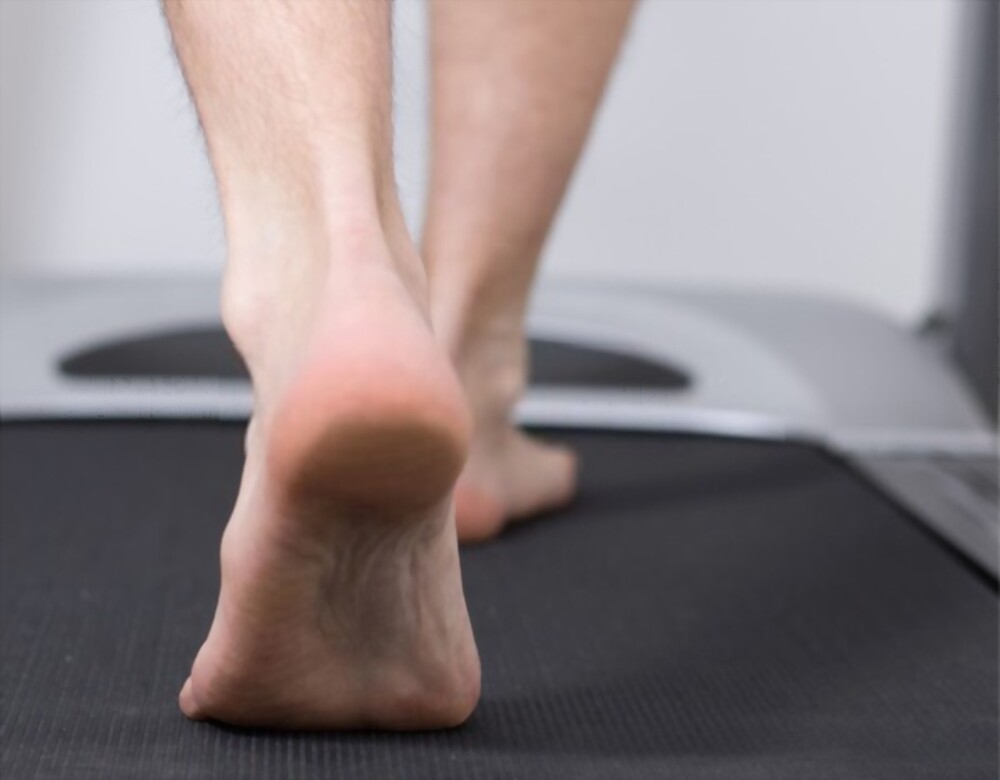Treadmills create a different atmosphere for running, so if you want to go the natural route, it’s best to ease into it until your feet are used to the belt. If you’re wondering if running barefoot on a treadmill is safe, read the machine instructions first and stop barefoot jogging if you experience any foot injury, pain, or abrasion. If you have a history of foot injury or other medical concerns, speak with your doctor before attempting this.
Should I Walk Or Run On Treadmill Without Shoes?
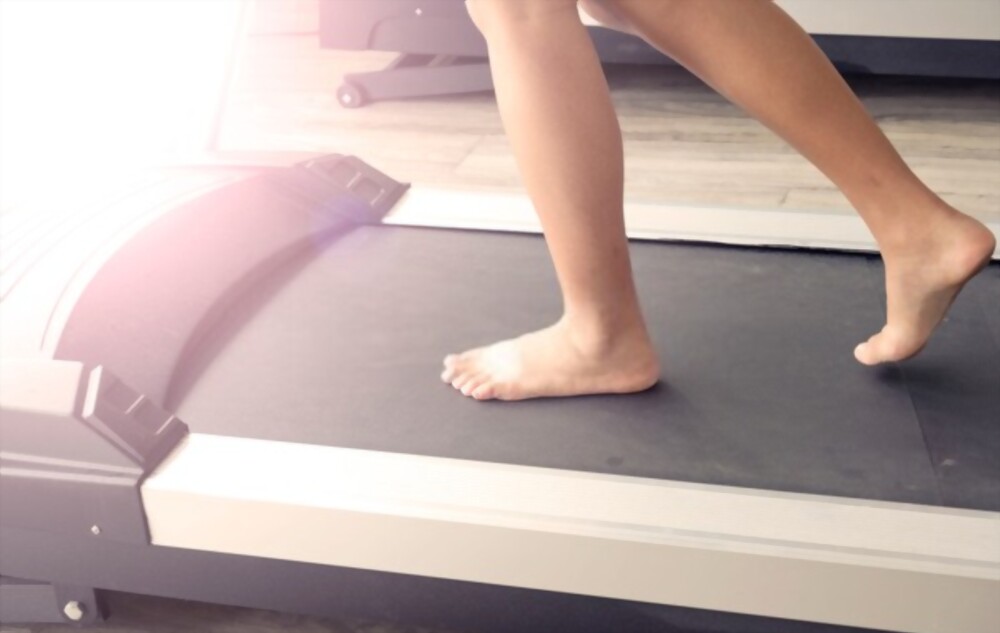
The answer depends on how often you use it, how much control and skill you have with your feet, and how comfortable your body is with going barefoot. If you’re seeking for a solution to save money and have found that you can run on a treadmill by using proper running shoes and the right amount of clothing, then you can consider trying barefoot running or walking.
However, if you are new to running, it is best to start with shoes. Because your body needs time to adjust to the sensation of having the ground directly beneath your feet, it will mean running on the treadmill barefoot or with very thin shoes that won’t cause too much friction. When you are used to running with shoes, it is safe to try running barefoot on a treadmill.
10 Reason For Walking Barefoot On Treadmill
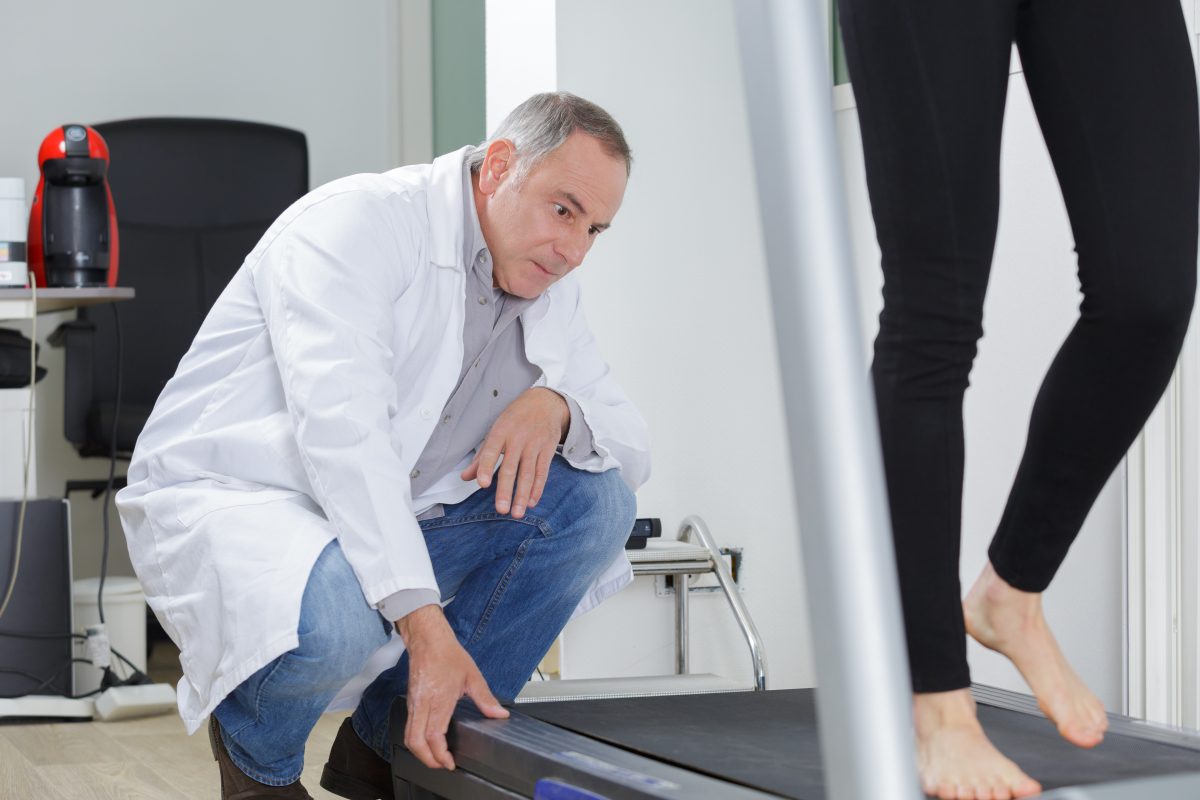
There are many reasons to walk without shoes on a treadmill, but keep in mind that you won’t get the same results without walking barefoot outside. Below are the most common reasons:
1. Strengthen the muscles that run through your feet and make them stronger
It is a lot easier to balance on the treadmill belt when you have no traction on your feet and are barefoot. Because when walking, your foot muscles will be much more engaged in your stride, you will be using the muscles in your legs to propel you forward instead of just pushing off the belt. When muscles adapt to different movements, they become stronger. As you progress to doing the same things barefoot, it will make running and walking more comfortable, and you’ll walk more naturally when barefoot. Furthermore, running barefoot forces your feet to adapt in a way that running shoes do not. Therefore, when you run in shoes again, your feet will be much more accustomed to the forces and feel of the shoe.
2. Get better balance and increase proprioception
The first time you run barefoot on a treadmill, your balance will be much different than it is when you walk or run in shoes. The movement and connection with the belt will stoke your proprioception (body awareness) as you get used to being barefoot and balancing on the treadmill. Besides, when you run, this exercise helps the muscles in your legs, hips, and abdomen work together to propel you forward, making them stronger and rounder. When these muscles are developed, they also give you a better sense of balance. This improves your ability to move on uneven terrain and sense moving obstacles around you while barefoot, which is advantageous when off the belt.
3. Strengthen the muscles of your feet and legs
If you are used to walking or running in shoes, your muscles can sometimes develop tight spots within them. For example, if your calves get tight, it could be due to a weak lower leg or hip flexor. Therefore, when you run barefoot on a treadmill, you eliminate shoe friction and excessive shock that causes muscle tightness and/or weakness. This helps to maintain a much healthier muscle system, so there is less risk of injury and faster muscle recovery.
4. Strengthen your feet and increase their mobility
Because the treadmill belt is a pretty smooth surface, it won’t create friction on your feet that would normally occur when you run in shoes. This means that your foot will be much more mobile than you’re accustomed to, and you’ll have to engage in the movements of running and walking. In addition, because they are forced to move with the treadmill, your feet will become stronger and more flexible over time. As a result, the feet will grow stronger and will be able to handle wearing no shoes.
5. Reduce friction on the feet
Running in shoes can sometimes create friction on the bottoms of your feet. When you run into this friction, it can cause blisters and other problems, especially if you have high arches or tend to roll your feet onto the outside edges when you run. When running barefoot on a treadmill, you will reduce the amount of friction caused by your foot hitting the belt. This helps to prevent any injuries along your foot’s natural line of movement and more evenly distributes the forces that would be placed there when running barefoot outside.
6. Increase blood circulation
The treadmill belt can be a lot smoother than the surface you are used to when you run outside. Because of this, it will help to encourage better blood circulation in your feet and calves. This helps you maintain proper vascular health and allows for full recovery after completing the workout. In addition, increase blood circulation through your ankles and allow more oxygen to reach the innermost parts of your ankle, foot, and leg. If you have a history of chronic pain in the ankles, this might be another reason to walk barefoot on a treadmill.
7. The overall risk of injury decreases if you are properly trained to walk barefoot
The risk of injury when running without shoes is the same when running with them. However, the reason for this is that you will be tired after a run and may not be fully aware of your surroundings. This could lead to a fall or incident that causes an injury. When properly trained to walk barefoot, you will use your barefoot instincts and proprioception to avoid any obstacles on the belt. Further, your sense of balance will have improved dramatically after using the treadmill barefoot for some time. This will help you to avoid falling. When barefoot running is done correctly, the risk of injury decreases dramatically.
8. Improve your form
Like any other exercise, form and technique need to be developed through practice and a lot of repetition. Because of this, regular use of barefoot running on treadmills will help you develop a more efficient stride and stride pattern, which will transfer to when you’re barefoot outside.
9. Efficient and Smooth Running
Running barefoot on a treadmill will not get you the same amount of running or speed as when you have shoes on. However, your proprioception (body awareness) has increased dramatically and will make you more efficient at the movements needed for running. Therefore, your stride will be much more smooth, allowing for a smoother gait and less fatigue toward the end of your run.
10. Reduce the risk of developing plantar fasciitis
Over time, the muscles in your feet tend to become tight and sore. Running shoes can cause this pain because they create a lot of friction between the bottom of your foot and the ground. Therefore, when you run barefoot on a treadmill, you will dramatically reduce this friction because no shoe is present. This lessens any potential pain that might occur from overuse in certain areas, especially if you have been known to have problems with plantar fasciitis.
12 Risks Of Walking Barefoot On Treadmill
There are some risks involved with walking barefoot on a treadmill. Below are some risks or warnings to keep in mind when you consider walking barefoot on the treadmill belt.
1. Common injuries
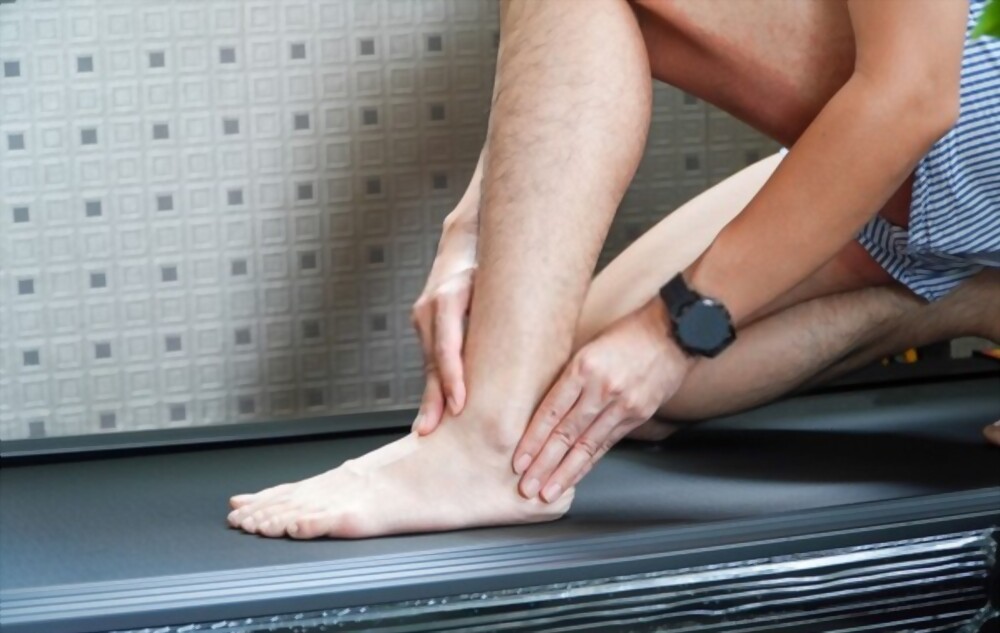
Barefoot walking is an excellent technique to prepare your body for barefoot walking by strengthening and conditioning it. However, if you do not have the proper technique or do not allow yourself enough time to develop it, it can cause glute pain and hip flexor pain, just like any other exercise. This can cause a problem if you have a lower back problem or your feet are not well conditioned to barefoot running because you could develop plantar fasciitis. If you feel any kind of pain in your feet or legs, this could be a sign that you need to cut back on your exercise schedule and/or work yourself into the schedule slowly so your body can adapt properly.
2. Slip and Fall
If the treadmill belt is too slick or too much moisture on the belt, this can cause a person to slip and fall. Whenever you run barefoot on a treadmill, there is a much higher likelihood that you will slip and fall because there is almost no friction on the belt. If this happens, then it can cause ankle sprains or other injuries.
3. Vibration
The treadmills belt is designed to help reduce vibration and pounding when running in shoes. However, your feet tend to absorb the vibration when running barefoot. This can put a lot of strain on your muscles and joints or cause other problems, especially if you are just getting started with barefoot training. The best way to reduce this risk is to ensure that the belt is not too worn down and runs as smoothly as possible.
4. Calluses
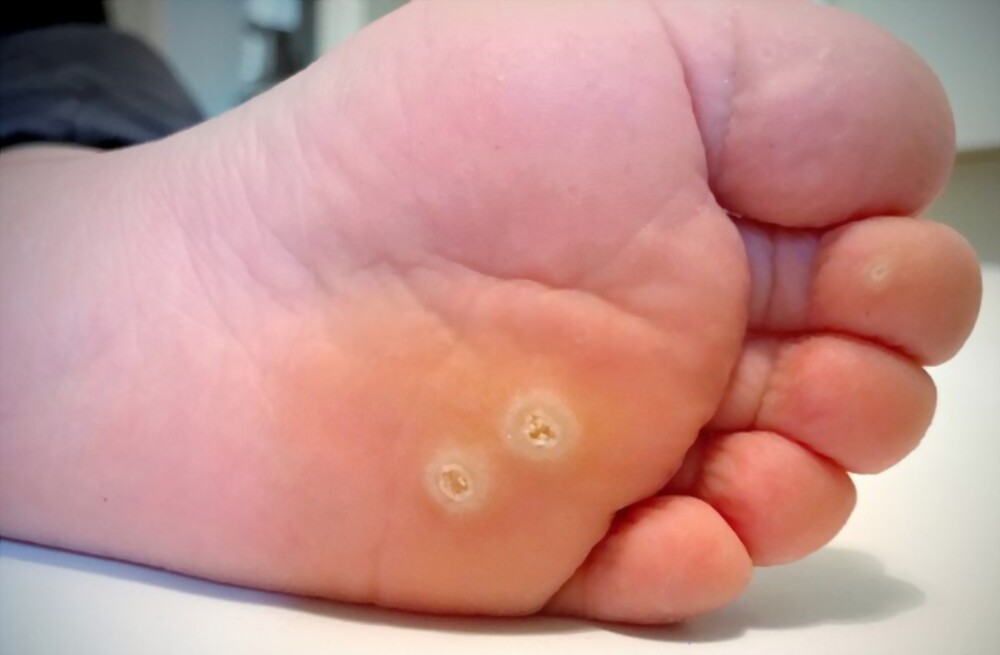
Walking on treadmills barefoot will cause calluses to develop much quicker than when running outside or with shoes on. When you run outside, your feet hit the ground with a soft heel strike and then roll forward onto the balls of your feet. When running on a treadmill, however, you tend to land on your heels and just stay there without rolling forward to the balls of your feet. This causes more friction between the foot and belt, creating blisters, calluses, and other problems.
5. Strains and Sprains
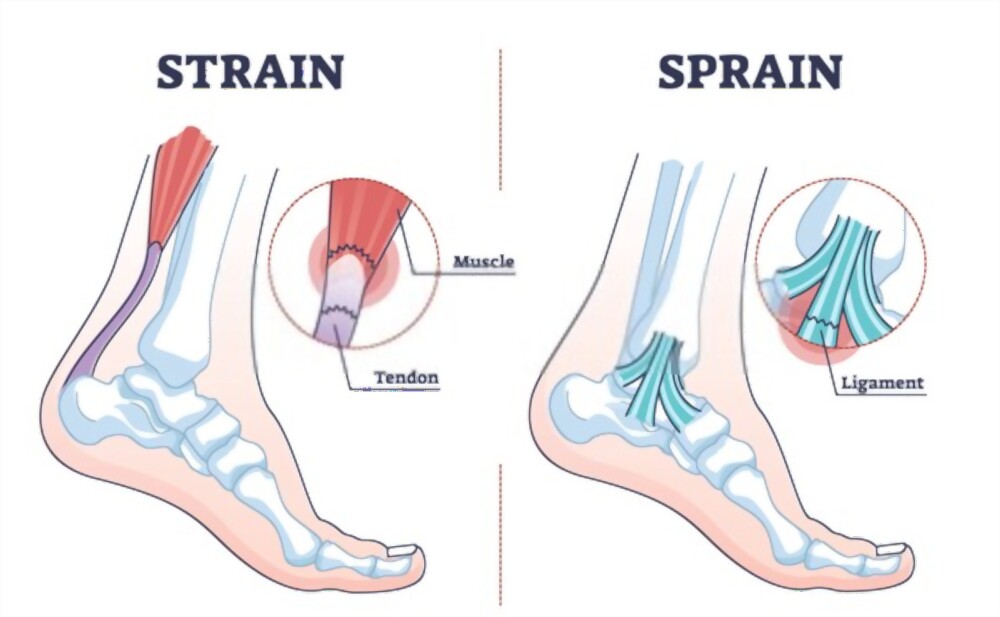
If the treadmill is on too high of an incline, you might over-extend the muscles in your ankles, feet, and calves. This can cause a strain or even a sprain of these muscles, which will make you much less mobile when it comes to walking or running without shoes. You can develop these pains by running on any long incline or going up and down many times on the same incline.
6. Burns and blisters
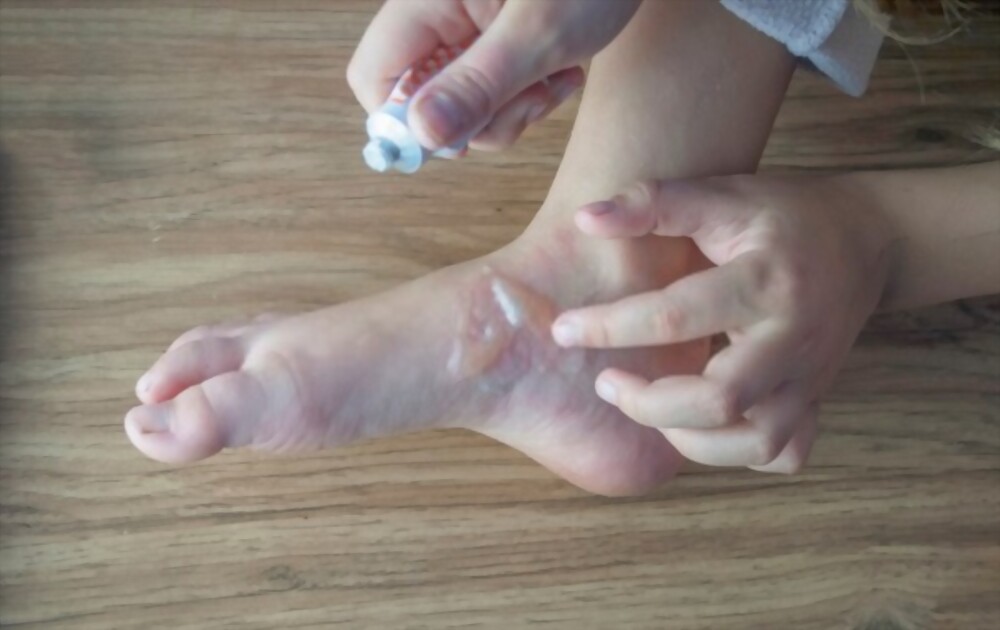
Because the treadmill belt is much hotter than running outside, you will feel a lot more friction when running barefoot. Therefore, you are more likely to get blisters and burns on your feet when running barefoot on a treadmill. The best way to avoid this is to make sure that the belt does not get too hot by keeping your treadmill in good condition by regularly replacing the belt and cleaning off any dirt or debris that may be on it.
7. Recurrent blisters
Walking barefoot on the treadmill can cause blisters to form on your feet a lot faster than when you run outside. This can signify that you are running too fast on the treadmill or that your feet are not conditioned for barefoot walking or running. The best way to reduce this risk is to make sure that you run slower and walk barefoot for a longer period before increasing your speed.
8. Risk of abrasion
The treadmill belt can cause your feet to rub against the ground and cause abrasion. This can also be known as calluses or even corns. There are some ways to prevent this as well, such as keeping the belt’s surface polished and clean, using running shoes with good support where the heel hits the ball of your foot, and making sure that your feet are prepared for barefoot walking by holding them in a lot of water before each run.
9. Skin diseases
If you wear shoes during your barefoot walks or run on the treadmill, then your skin is going to be exposed to a lot of germs while running. This can cause the spread of fungal infections and other skin diseases, which can make running barefoot on the treadmill a lot more dangerous. In addition, if you walk barefoot on the treadmill for a long period, your feet are exposed to the sweat that comes from your skin and is transported onto the ground. This can cause bacteria to grow on your feet, giving you athlete’s foot or other skin diseases.
10. Risk of fracture
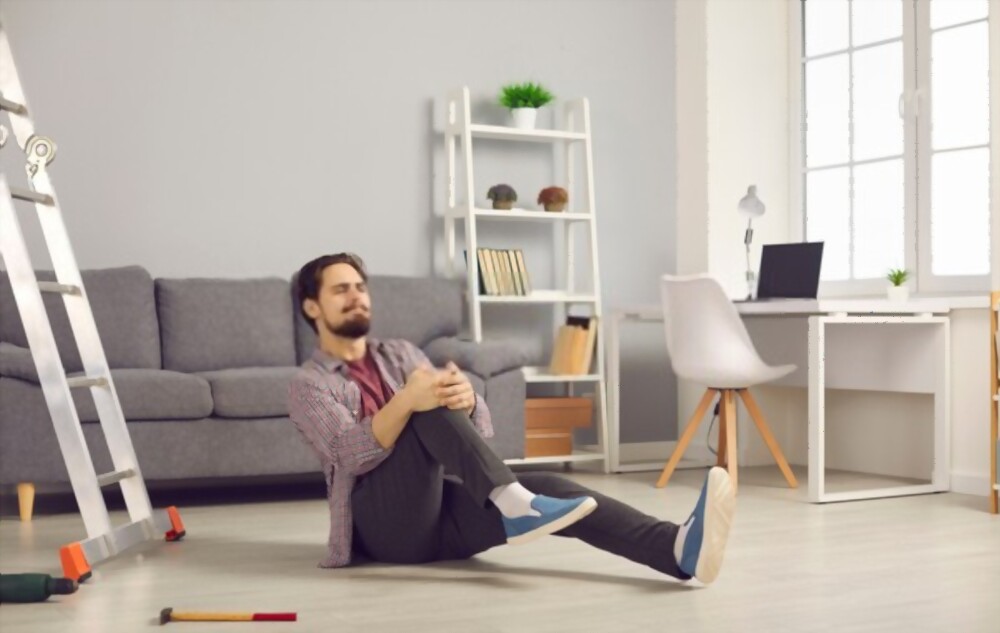
If a person is running on a treadmill and the belt is not level, there is a risk of getting a fracture. This can happen if the foot or leg hits the ground without the heel or foot touching first. As a result, your body may be turned in one direction, and then you land in a different direction, causing your ankle to bend too far in one direction or another, which could even crack your bones.
11. Overworked muscles leading to injuries
The risk of overworking your muscles is higher when you walk barefoot on a treadmill because your feet and legs have to absorb all the vibrations, shock, and pounding that they would normally disperse while running in shoes. This can cause long-term injuries to your body, such as the runner’s knee and overuse in your legs.
12. Loss of protective sensations in the feet for diabetic patients
People with diabetes have different levels of sensitivity in their feet. Running barefoot on a treadmill can cause them to lose these protective sensations, which increases the risk of getting sores or cuts on their feet while running even though they might be used to doing it. In addition, people who have lost feeling in their legs before should not run barefoot on a treadmill because if they trip, then they won’t know how to correct themselves.
5 Tips For Walking Barefoot On Treadmill

There are some tips that you can use when walking barefoot on a treadmill to reduce your risks of injury.
1. Level and clean the belt of your treadmill
Your treadmill’s belt needs to be level so that you are not off balance when you run or walk. There should also be little to no debris or dirt on the belt. If there is, then wipe it off with a wet cloth and dry it completely before using the treadmill again.
2. Warm up your feet before you run barefoot on a treadmill
Just like you warm up your muscles before starting a workout, it is recommended to also warm up your feet. You can do this by holding them in a tub of water for a few minutes before each walk. This will allow the blood to flow back into the area so that it is filled with blood vessels and more sensitive to feeling the hot, sweaty ground when walking barefoot.
3. Check the ground for any objects that may cause risks when you run barefoot on a treadmill
Before running, make sure that whatever is on the ground is not a risk to you while running. If it is, move it or put something under it so that your feet do not get hurt.
4. Ensure that there is a good level of friction
When walking barefoot on a treadmill, there should be enough friction on the ground so that your feet are not sliding against each other. This can cause blisters and skin irritation.
5. Do not run too fast
It is important to start slow when walking barefoot on a treadmill to not injure yourself if you happen to trip. It is also recommended that you run slower each time because your feet will get used to it and become more sensitive each time you walk barefoot on the treadmill.
FAQs
Does running barefoot on a treadmill have risks?
Walking barefoot on a treadmill is relatively safe, but there are still some risks associated with it. However, when you stick to some of these tips and take care of your body and your feet when walking barefoot on a treadmill, then you should be fine.
How can treadmill injuries be prevented?
There are a few steps that you can take to ensure that you aren’t injured when walking barefoot on a treadmill. First, start slow. Begin at a slower pace than your regular run and work your way up until you are comfortable with running barefoot. Next, warm up before running on the treadmill. This can include using an elliptical if you don’t want to walk or run and holding your feet in hot water for a few minutes before starting your workout routine.
Can one run with socks on a treadmill?
This can be done, but it is not recommended. The treadmills are usually designed without any kind of padding or cushioning on them, and they are meant to give you a workout while moving. As a result, you may find your feet slipping during your walk on the treadmill, and this can lead to injuries.
Can you wear flip-flops on a treadmill?
This is usually not recommended because you are wearing a lot of support with your flip-flops. However, you will want to feel the ground under you as much as possible so that you can be in tune with your body.
Can run barefoot on a treadmill cause blisters?
Suppose your feet are not properly cared for by wearing the right shoes, yes. It can cause chronic blisters. Also, if you have flat feet, you should try to wear shoes that give support for your feet because your foot may be pressing against the ground, which could lead to blisters if it’s not properly supported.

